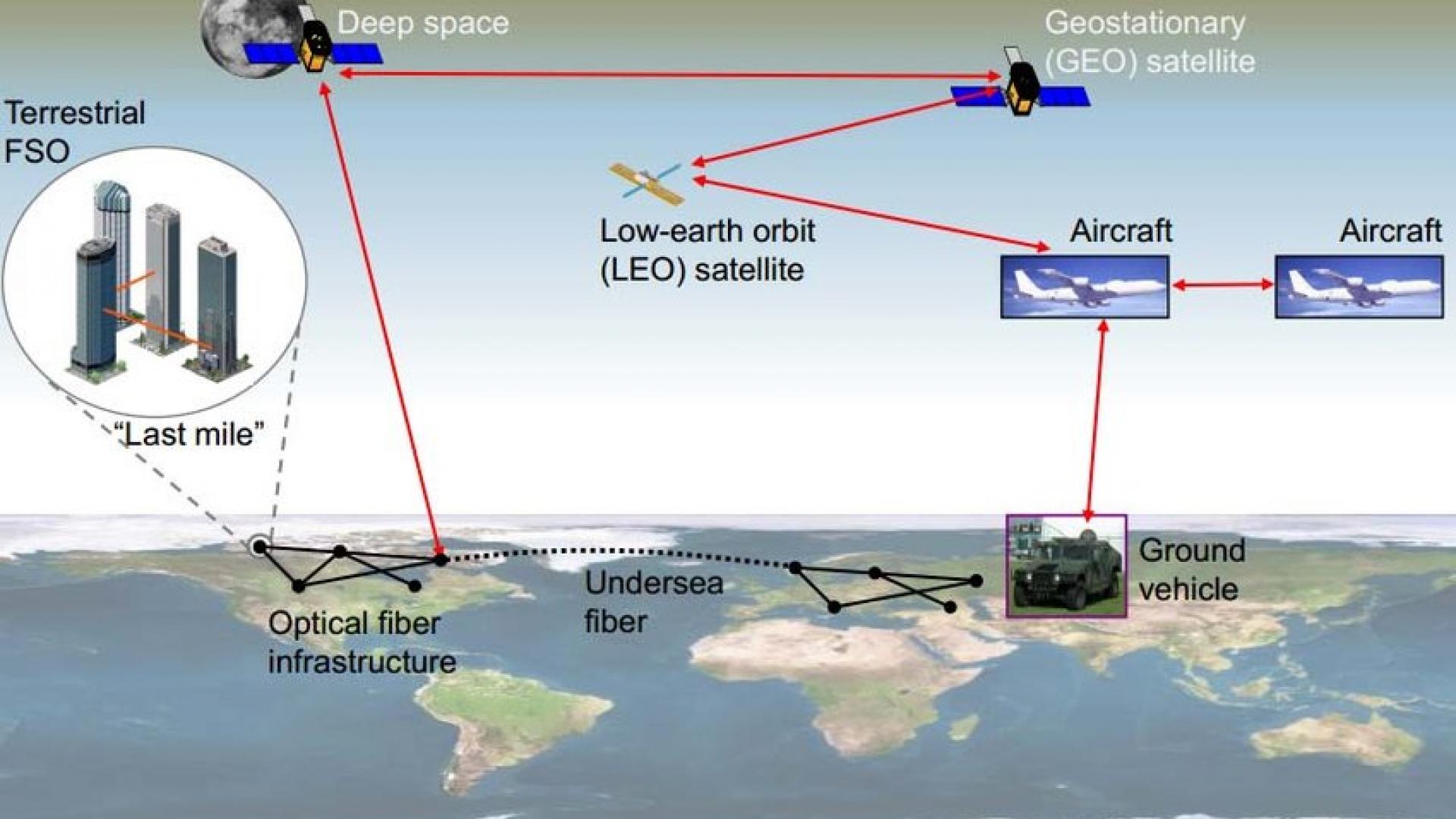Free-space optical (FSO) communications will play an important role in the backhaul of future generation of wireless networks in order to support high data rates.
Because of narrow beamwidth inherent to an optical signal, acquisition and tracking form an important component of any FSO communication system. In order to achieve this, a free-space optical receiver divides the total received signal energy into data detection and beam tracking channels so that received symbols can be detected at the same time as the beam is being tracked.
KAUST researchers have analyzed the optimization of received power allocation between tracking and data channels in an FSO receiver. In this regard, they have carried out a detailed analysis of the error statistics of the centroid estimator that is used for tracking the beam with the help of an array. The objective function that is optimized (minimized) are the probability of error and the probability of outage, and the optimization of power allocation is carried out as a function of parameters such as noise power, pointing error variance, pointing error correlation coefficient, and the threshold of outage.
More information can be found in the companion video given below and the paper:
M. S. Bashir and M. -S. Alouini, "Optimal power allocation between beam tracking and symbol detection channels in a free-space optical communications receiver ", IEEE Transaction on Communications, 2021


